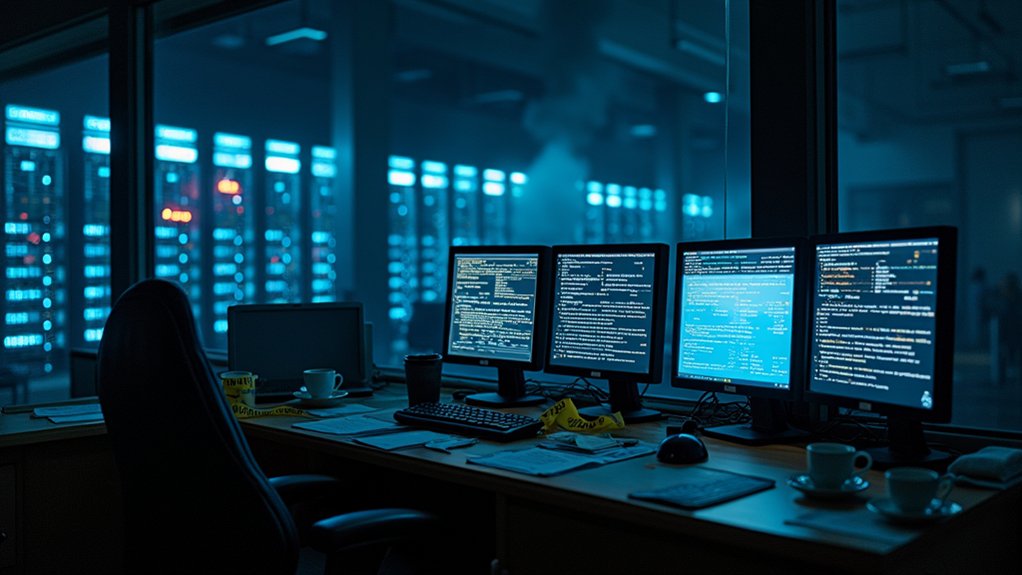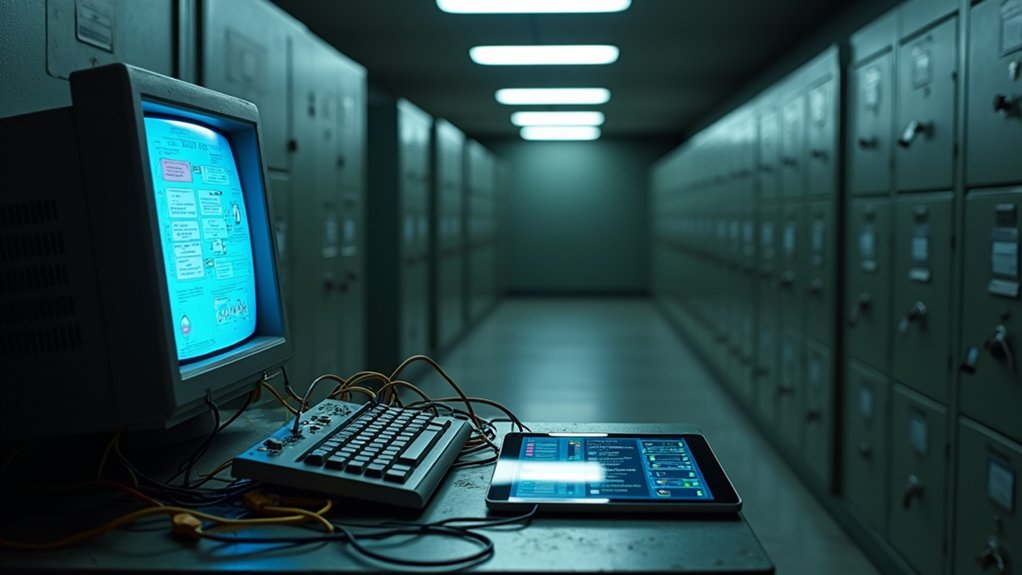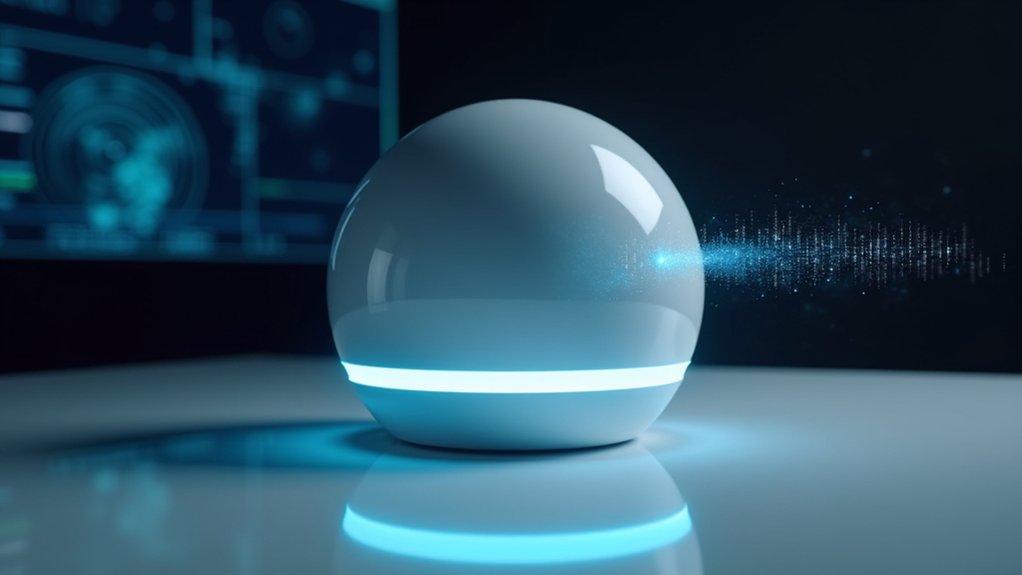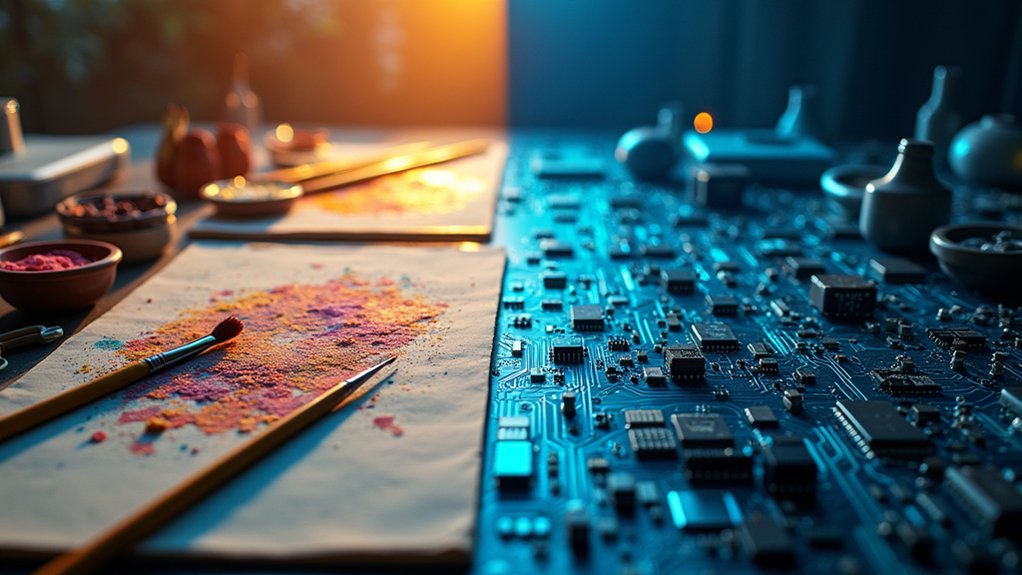While artificial intelligence continues to advance at breakneck speed, it’s the humans behind the curtain who pose the real danger. The machines aren’t plotting our demise—we’re doing that work ourselves through careless decisions and shortsighted deployment strategies.
Every day, developers rush AI systems to market without adequate oversight, because profit margins don’t wait for ethical reviews.
Money moves faster than morality in the AI race—ethics are just speed bumps on the profit highway.
The problem isn’t the technology. It’s us. AI systems typically function exactly as designed—they just reflect and amplify our worst tendencies. Take algorithmic bias: these systems don’t spontaneously generate prejudice; they learn it from data we feed them. Garbage in, garbage out. And boy, are we good at producing garbage.
Market pressures make everything worse. Companies racing to release the next big AI tool often skip thorough evaluation processes, resulting in AI creating persuasive arguments that can mislead human judgment. Who has time for careful deliberation when your competitor might launch next week? This rush creates systems deployed with gaping blind spots and unintended consequences. Oops.
The lack of diversity in AI development teams compounds these issues. When homogeneous groups build technology for diverse populations, blind spots aren’t just possible—they’re inevitable. Cultural influences shape decision-making, and these influences get baked into AI systems like secret ingredients nobody mentioned on the package label.
Perhaps most concerning is how AI can erode human capabilities. We’re becoming increasingly dependent on algorithmic decisions, outsourcing our thinking to black-box systems we barely understand. Critical thinking? Who needs it when your phone can answer any question instantly? This technological crutch is weakening our decision-making muscles. AI reduces opportunities for individuals to practice making decisions, further diminishing our capacity for thoughtful judgment.
Meanwhile, regulations struggle to keep pace with innovation. The rules governing AI development resemble a patchwork quilt sewn by someone who’s never seen a bed. Regulatory gaps allow questionable applications to flourish while ethics committees debate definitions.
The real threat isn’t some sci-fi robot uprising. It’s mundane human decisions made every day in board rooms, development teams, and regulatory bodies. We’ve built powerful tools without instruction manuals, and we’re still surprised when things go wrong. Classic humans.




